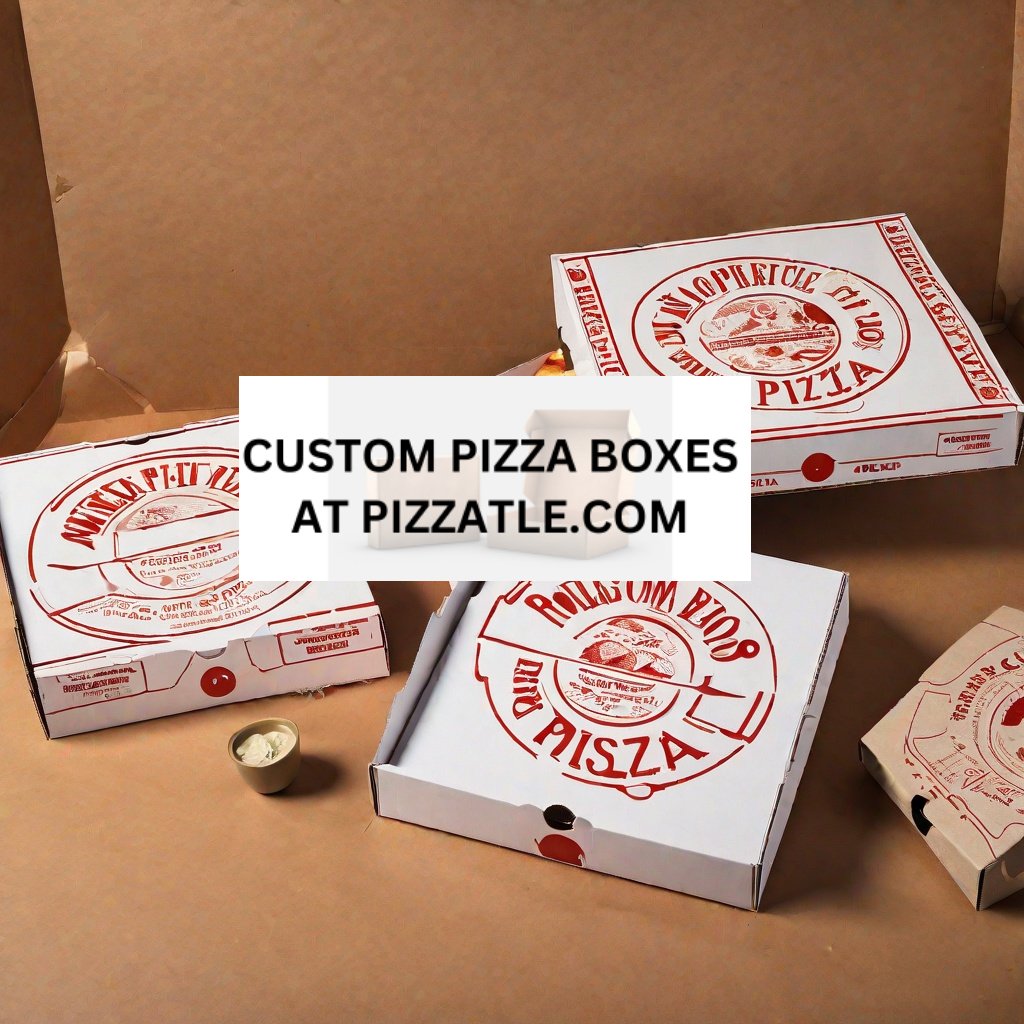The tantalising smell of a fresh, hot pizza is nothing new to you if you’re like the many millions of pizza enthusiasts around the world. However, that delicious slice of heaven frequently leaves a greasy, discoloured cardboard box in its wake. “Are grease-stained pizza box packaging recyclable?” is a subject that frequently vexes pizza lovers who care about the environment.
Understanding the Pizza box Packaging
To address the recyclability of pizza boxes, we must first grasp the nature of the grease issue. When you order a pizza, it’s typically delivered in a cardboard box. This cardboard absorbs the oils and moisture from the hot, delicious pizza, often leaving unsightly stains. These stains, however, don’t necessarily mean the entire box is unrecyclable.
The Basics of Pizza box Packaging
Before we get into the specifics of pizza box recycling, let’s understand the fundamentals of recycling. Recycling is the process of converting waste materials into reusable objects. The key principle of recycling is that the materials collected are cleaned, processed, and transformed into new products, reducing the need for fresh raw materials.
Contaminants and Recycling
One of the critical factors in recycling is contamination. Contamination occurs when non-recyclable materials mix with recyclables, reducing the quality and value of the recycled products. custom boxes with excessive grease and food residue are often considered contaminants in the recycling process.
Paper Recycling
Pizza boxes, at their core, are made of paper, which is an easily recyclable material. In general, cardboard and paper products are highly sought after by recycling centers because they can be processed and transformed into new paper products efficiently.
The Myth of the Grease Barrier
Contrary to popular belief, not all grease-stained pizza boxes are automatically unrecyclable. The degree of grease saturation is the determining factor. A few grease stains or minor spots are typically not a significant problem for recycling facilities. However, extensive saturation can be problematic.
How to Make Pizza Boxes Recyclable
To make your pizza boxes more recyclable, you can take a few simple steps. Start by removing any leftover food or large chunks of cheese from the box. You can also tear off the greasy top portion of the box if it’s heavily soiled. This ensures that the clean cardboard can be recycled while the greasy part is discarded.
The Composting Option
For pizza boxes with irreparable grease saturation, don’t despair; there’s another eco-friendly option – composting. Composting involves breaking down organic materials into nutrient-rich soil, which is fantastic for your garden. Grease-stained pizza boxes can be a valuable addition to your compost pile.
The Compostable Alternative
Some pizza companies now offer compostable pizza boxes as a more sustainable option. These boxes are designed to break down more easily, even with grease and food residue. However, the availability of these boxes may be limited, so check with your local pizzerias.
Community Recycling Rules
Recycling guidelines can vary from place to place, so it’s essential to familiarize yourself with your community’s specific rules. Some recycling programs may be more forgiving of minor grease stains, while others may be stricter.
Raising Awareness
The issue of recyclability extends beyond pizza boxes. It’s a reminder that our daily choices have consequences, not only for our environment but also for the effectiveness of recycling programs. Raising awareness about proper recycling practices is crucial in making recycling more efficient and sustainable.
Conclusion
The amount of grease saturation and regional recycling regulations are just two of the variables affecting pizza boxes. While some boxes with light grease stains can be recycled, others would need to be composted or properly disposed of. To ensure a more environmentally friendly and sustainable future, it is essential to educate ourselves and others on recycling best practises.



